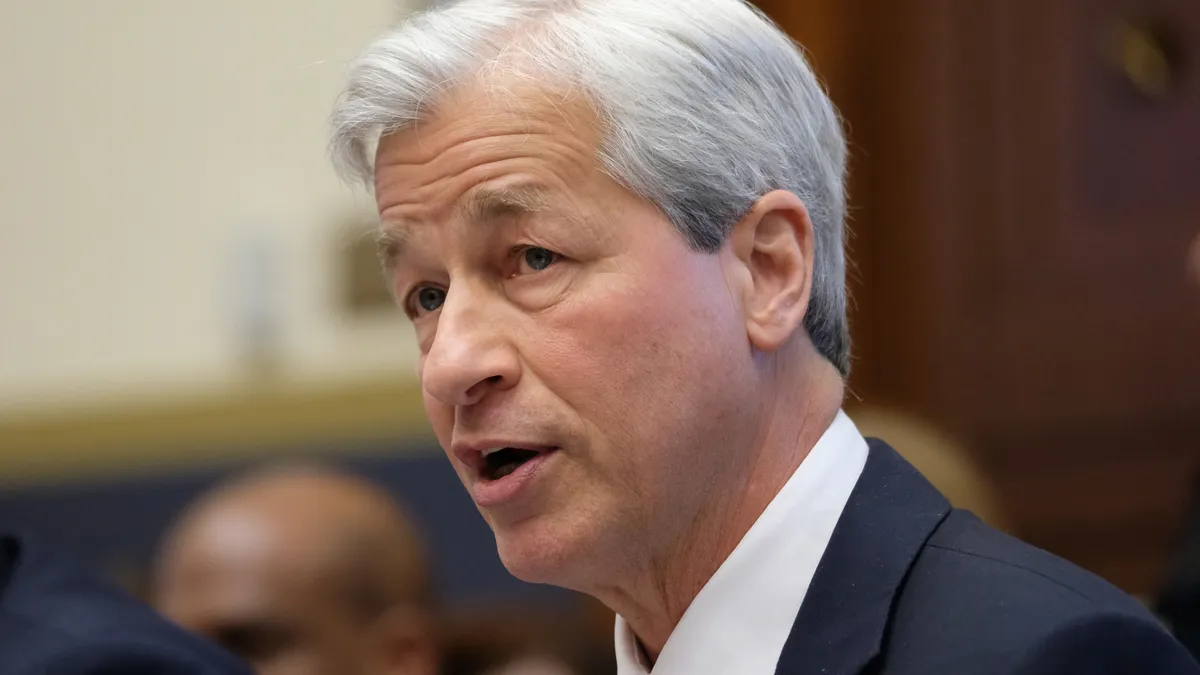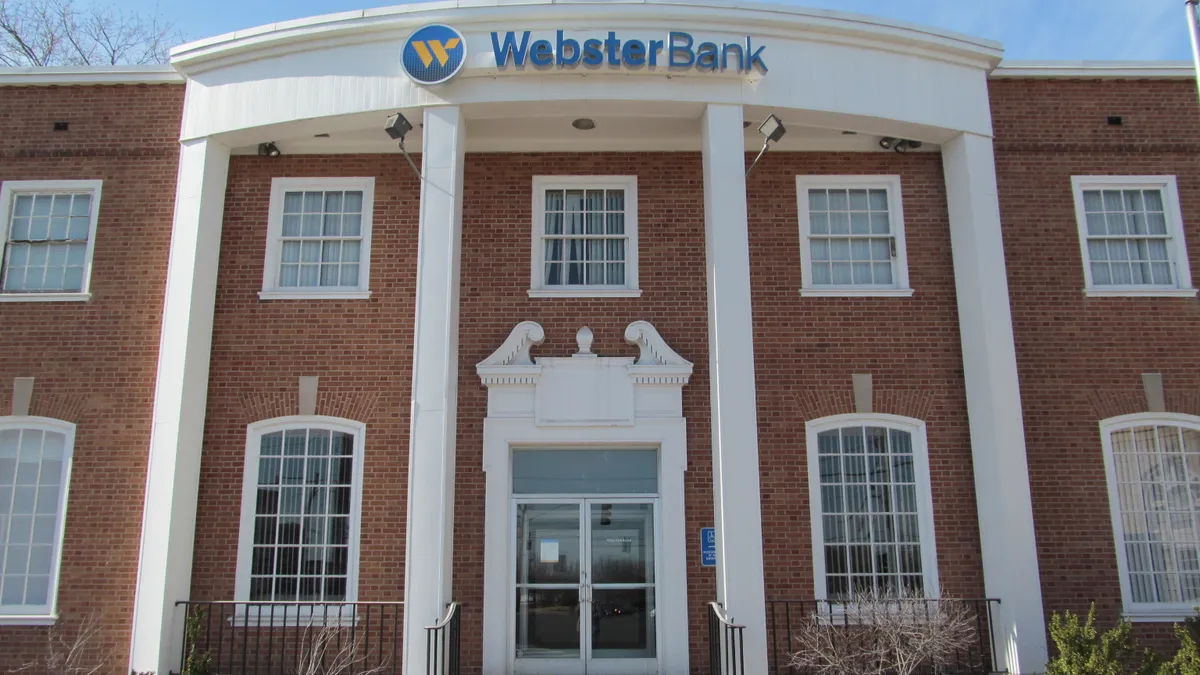JPMorgan Chase agreed Monday to assume most of First Republic Bank’s assets, along with its deposits and certain liabilities in a sale orchestrated by the Federal Deposit Insurance Corp.
The deal was finalized overnight after California’s Department of Financial Protection and Innovation closed First Republic and appointed the FDIC as receiver. First Republic’s 84 locations in an eight-state footprint were set to reopen under the JPMorgan banner Monday.
The nation’s largest bank is taking in roughly $173 billion of First Republic’s loans, $30 billion of securities and $92 billion in deposits as part of the deal.
The FDIC, for its part, agreed to contribute $50 billion worth of five-year, fixed-rate term financing on the loan portion, and to enter into the loss-sharing agreement with JPMorgan on single-family residential mortgage loans and commercial loans.
JPMorgan will pay the FDIC $10.6 billion, the bank said. The deal is expected to cost the Deposit Insurance Fund $13 billion, the FDIC said.
JPMorgan said Monday it would recognize a one-time, $2.6 billion post-tax gain from the acquisition but expects to pay out $2 billion in restructuring costs throughout 2023 and 2024. The transaction, however, is expected to generate more than $500 million of incremental net income a year, JPMorgan estimated.
JPMorgan was hardly First Republic’s only bidder. The FDIC, over the weekend, also evaluated bids from PNC, Citizens Bank and Fifth Third, according to reports from Bloomberg and Reuters.
But competing bids either proposed breaking up First Republic or would have required a more complex structure to handle the bank’s $100 billion in mortgages, sources told Bloomberg. The other bids also would have cost the DIF more, one source said.
Dimon changes his tune
In all, First Republic’s downfall supplants the March closure of Silicon Valley Bank as the second-largest bank failure in U.S. history. Only Washington Mutual’s was bigger. But the two failed banks have something in common: their purchaser.
JPMorgan CEO Jamie Dimon wrote in his 2015 letter to shareholders that he would be less than enthused to save another failed bank.
“We would not do something like Bear Stearns again — in fact, I don’t think our board would let me take the call,” Dimon said. “These are expensive lessons that I will not forget.”
His tune had changed this time around.
“Our government invited us and others to step up, and we did,” Dimon said in a statement Monday. “Our financial strength, capabilities and business model allowed us to develop a bid to execute the transaction in a way to minimize costs to the Deposit Insurance Fund.”
Dimon served as a driving force in efforts to prop up First Republic when depositors withdrew billions of dollars in March, after SVB and Signature Bank failed. JPMorgan and 10 other large U.S. banks gave First Republic a $30 billion infusion. That money is counted among First Republic’s $92 billion in deposits. As part of Monday’s deal, JPMorgan will repay $25 billion to the other 10 banks and eliminate its own $5 billion deposit on consolidation.
“The whole world knew [First Republic] was available, and no one bought it,” Dimon said Monday, according to the Financial Times.
Indeed, the FDIC asked Bank of America and U.S. Bank to submit offers over the weekend, and the banks declined, according to Bloomberg.
A ‘run on a business model’
Like SVB and Signature, First Republic relied heavily on uninsured deposits and suffered large unrealized losses in their loan and securities portfolios because of rising interest rates. It was likely the highest-profile lender to see a staggering loss of investor confidence in the days after SVB and Signature fell.
“First Republic was known to be the main item of remaining unfinished business from the bank stress in March,” Krishna Guha, head of the global policy at Evercore ISI, told The New York Times, adding that he thought “this will not result in large spillovers in financial markets.”
The bank’s earnings report last week, detailing $102 billion in customer withdrawals over three months, may have served as its death blow. The first-quarter withdrawals added up to more than half the $176 billion First Republic held at the end of 2022. But it also borrowed $92 billion — much of that from the Federal Reserve and government-backed lending groups, The New York Times reported.
First Republic's market value had dropped to $557 million by Friday, according to Reuters — down from $40 billion in November 2021. Its stock had lost roughly 97% of its value so far this year.
Steven Kelly, a senior researcher at the Yale Program on Financial Stability, told The Wall Street Journal that First Republic’s failure represents “the last stages of that initial [March] panic.”
“This isn’t the story of 2008, where one bank went down and investors focused on the next biggest bank, which would wobble,” he said.
But taken in context alongside SVB and Signature’s failures, “it was a run on the business model” serving a disproportionately large segment of clients who held above the FDIC insurance cap but could pull that money quickly, Kelly said.
Mixed reaction
Guha said First Republic’s failure takes the March crisis from “acute” to “chronic.”
Some Democratic lawmakers took the opportunity to bemoan the system.
“The failure of First Republic Bank shows how deregulation has made the too-big-to-fail problem even worse,” Sen. Elizabeth Warren, D-MA, said Monday in a tweet. “A poorly supervised bank was snapped up by an even bigger bank — ultimately taxpayers will be on the hook. Congress needs to make major reforms to fix a broken banking system.”
One Republican regulator, Joseph McKernan of the FDIC, said he was “pleased” the deal could wrap up without the use of emergency powers.
“The March 12 rescue of SVB and Signature’s uninsured depositors was an admission that 15 years of reform efforts have not been a success,” he said. “We should avoid the temptation to pile on yet more prescriptive regulation or otherwise push responsible risk taking out of the banking system. Instead, we should acknowledge that bank failures are inevitable [and] ... we should plan for those bank failures by focusing on strong capital requirements and an effective resolution framework as our best hope for eventually ending our country’s bailout culture that privatizes gains while socializing losses.”
As its stands, the deal likely needed an exception from the Office of the Comptroller of the Currency to go through. Regulations had precluded JPMorgan from acquiring another U.S. depository institution because it already holds more than 10% of the nation’s deposits.
Marianne Lake and Jennifer Piepszak, co-CEOs of JPMorgan’s consumer and community banking unit, will oversee the acquired First Republic business, the bank said.
“First Republic has built a strong reputation for serving clients with integrity and exceptional service,” Lake and Piepszak said in the statement. “We look forward to welcoming First Republic employees.”
In emails to customers Friday and Saturday, First Republic’s CEO Michael Roffler and Executive Chair Jim Herbert thanked employees for their work during the most recent rough patch.
“Throughout our history and in these past weeks, we have done what we always do — serve our clients, support our communities, and take care of one another,” Roffler wrote, according to The Wall Street Journal. “When we come in next week, we will continue to do the same.”























